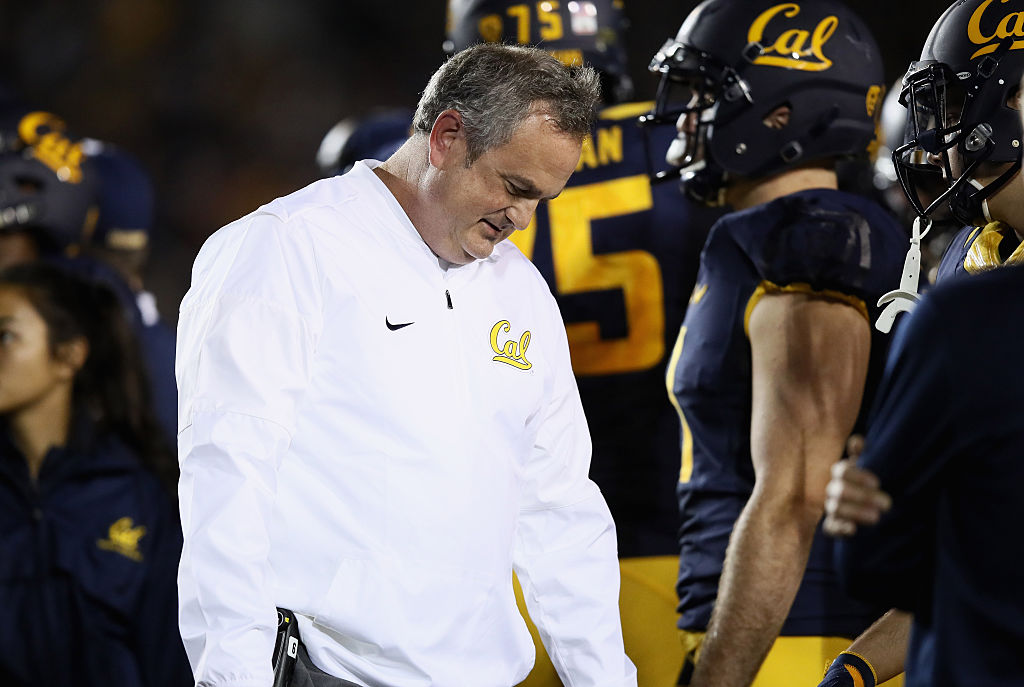There is no doubt that college football is quite the moneymaker with huge apparel deals, massive TV contracts and sponsorships everywhere even at the lower levels of the game. But while the pot of gold at the end of the rainbow for many programs is gigantic, for others, should they fall off the rainbow before reaching the gold, could put their entire athletic departments deep into financial trouble.
Bloomberg took an in-depth look at the business of college football and how even Power 5 programs are being left in the lurch.
At Maryland for instance, their move to the B1G was largely spurred on by the promise of greater financial rewards than they’d find in the ACC, with the promise of potentially restoring some of those cut programs when revenues began to increase. Bloomberg took a look at Cal, who ran a $22 million deficit last term and are contemplating cutting some of their most successful programs, which unfortunately cost more to run than they bring in in revenue. Cal runs 30 scholarship programs, the second most in the Pac-12 behind only Stanford.
Bloomberg reports that 13 schools have long-term debt obligations over $150 million as of 2014, which is usually used to build nicer facilities for the football team. For instance, Alabama owes $225 million over the next 28 years, despite them being the most successful and lucrative program in the sport. A far less successful and lucrative program, Illinois, owes $260 million, which won’t be cut much even with the B1G’s massive new TV contract. Cal’s debt obligations are $445 million, the biggest of any school.
“Leaders need to be very careful that long-term expenses and commitments cannot, and should not, be balanced on the assumption that these traditional media rights deals will hold up,” said Karen Weaver, a sports-management professor at Drexel University and specialist in college media rights.
So even with massive apparel, sponsorship and TV deals, how can schools still fall this deep in debt? Spending more than you take in, including lower than expected ticket sales and money from donors can certainly contribute, as well as the fact that the broader school in general doesn’t contribute a ton to athletics. Cal’s average debt service is incredibly high however, ranging from $18 million annually now and will rise up to $39 million by 2039. And the borrowing takes up a huge chunk from the overall school’s borrowing limit, curtailing research opportunities.
So even for Cal, a very successful Pac-12 program, debt accrued from college football can be incredibly burdensome, and in some cases crippling. Bloomberg continued on with this series on the business of college football, and you should check it out.







